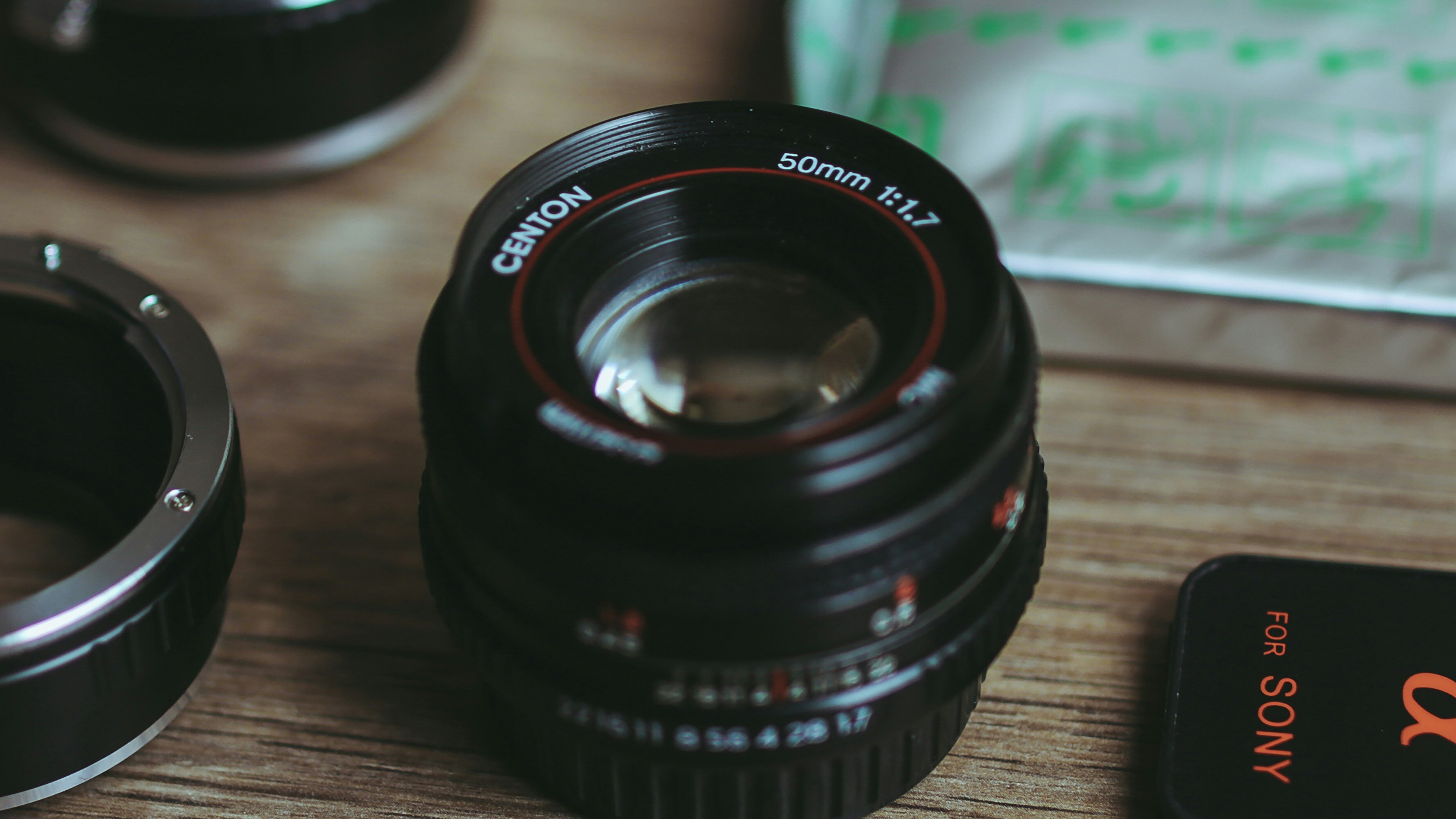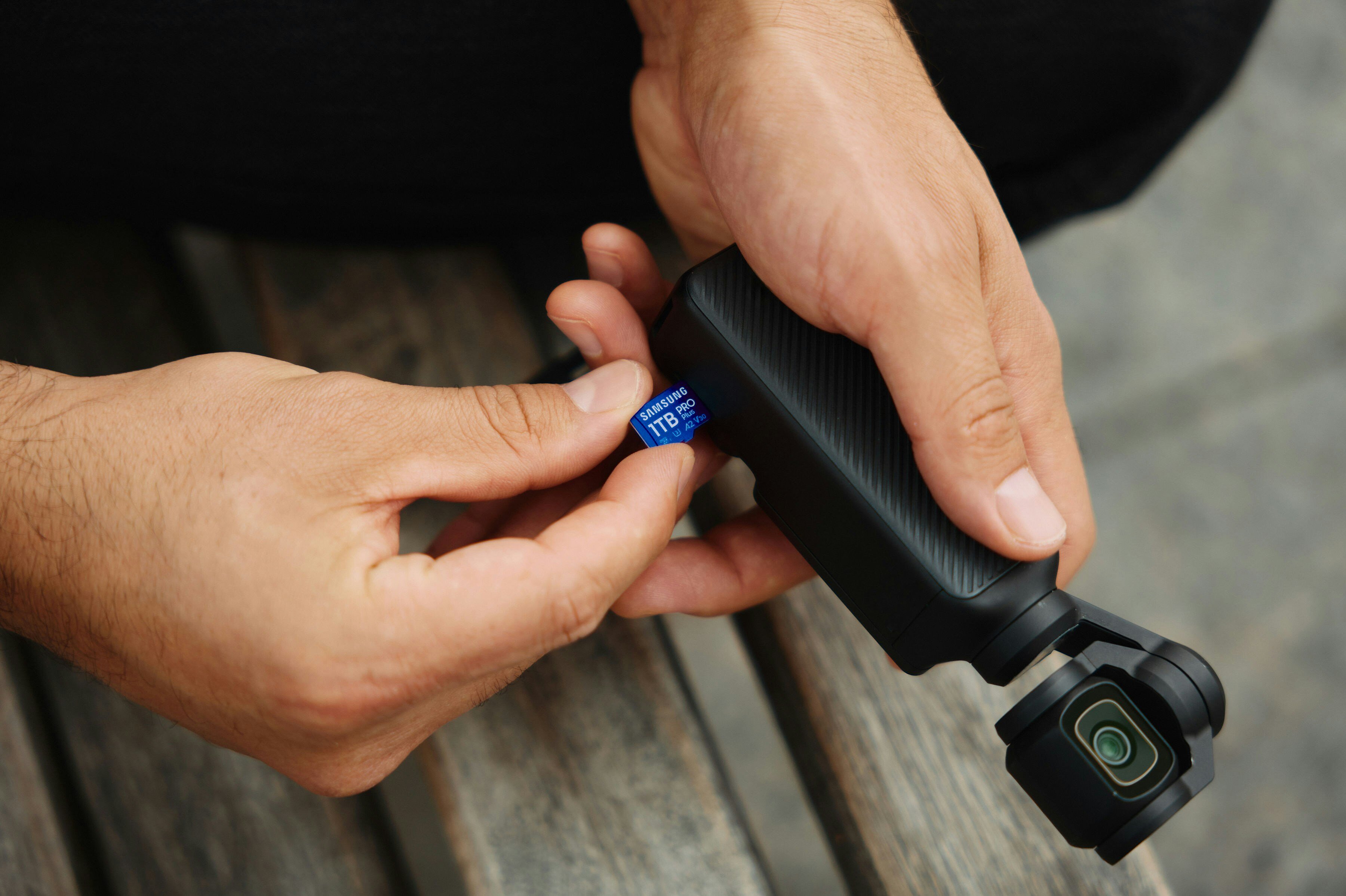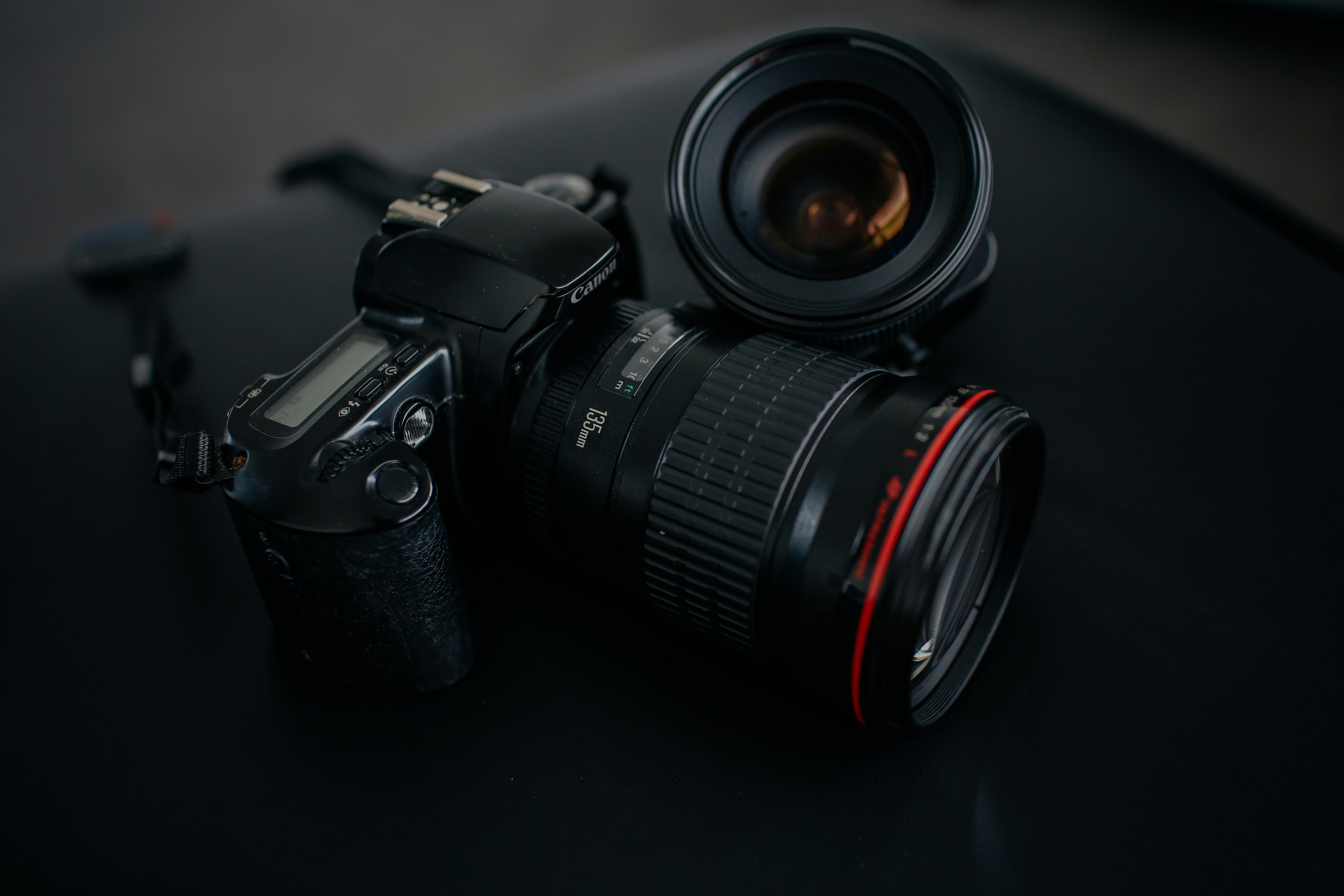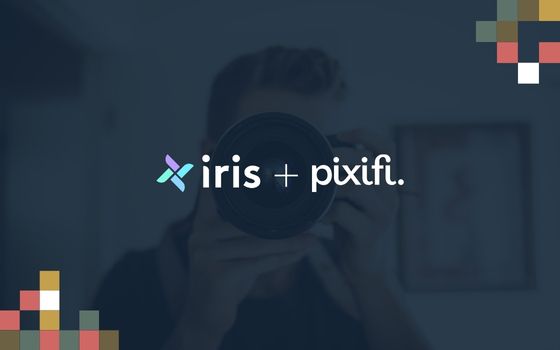Why Photography Business Insurance is Crucial for Your Success
- Understanding the Basics of Photography Business Insurance
- Types of Coverage Available for Photographers
- The Role of Insurance in Protecting Your Business Assets
- Financial Implications of Not Having Business Insurance
- Legal Requirements and Compliance for Photography Businesses
- Choosing the Right Insurance for Your Photography Business
Protect your photography business with the right insurance coverage, ensuring peace of mind and safeguarding against potential risks.
Running a photography business is more than just capturing beautiful moments; it requires careful planning to ensure long-term success. One essential aspect that photographers must not overlook is securing adequate insurance coverage. Photography business insurance provides crucial protection against various risks, helping you safeguard your assets and ensure business continuity even in the face of unforeseen challenges. In this article, we'll explore why photography business insurance is vital and the key components every photographer should consider.
Understanding the Basics of Photography Business Insurance
Before diving into the specifics of insurance policies, it's important to grasp what photography business insurance involves. Essentially, this type of insurance is tailored to address the unique risks that photographers face, such as equipment damage, legal liabilities, and loss of income due to business interruptions. Whether you're a solo photographer or own a studio, having comprehensive insurance can save you from significant financial losses.
Your photography equipment is the backbone of your business. Imagine the financial strain if your camera, lenses, or other critical gear were damaged or stolen. Photography business insurance covers these losses, allowing you to quickly recover and continue your work without interruption.
However, the scope of photography business insurance extends beyond just equipment coverage. Liability risks are a significant concern in this profession. If a client or visitor were injured during a shoot, or if property were damaged, you could be held legally responsible. Insurance helps mitigate these risks by covering legal costs, settlements, and other related expenses.

Types of Coverage Available for Photographers
When selecting photography business insurance , understanding the different types of coverage is key:
- General Liability Insurance: This protects you from claims related to injuries or property damage that occur during your business operations.
- Professional Liability Insurance: Also known as Errors and Omissions (E&O) insurance, this covers you if a client alleges that your professional services caused them financial harm due to mistakes or negligence.
- Commercial Property Insurance: This covers your studio space, equipment, and other business assets against risks like theft, fire, or vandalism.
- Business Interruption Insurance: If an event such as a fire or natural disaster halts your business operations, this insurance compensates for lost income during the downtime.
- Equipment Insurance: This specific coverage protects your photography gear, such as cameras and lenses, against damage or theft.
The Role of Insurance in Protecting Your Business Assets
Your photography gear is your most valuable asset, and protecting it should be a top priority. Photography business insurance ensures that you can replace or repair equipment quickly if it’s lost or damaged, reducing downtime and keeping your business running smoothly.
Safeguarding Your Photography Equipment
As a professional photographer , your income relies on the tools of your trade. If your equipment were to be damaged or stolen, it could mean a significant financial loss. Equipment insurance is designed to cover these situations, helping you get back on track without the burden of out-of-pocket expenses.
Protecting Against Liability Claims
Beyond your equipment, your business faces potential liabilities. Accidents can happen, and if a client or third party were to get injured during a photoshoot, you could be liable. Photography business insurance that includes liability coverage helps protect you from the financial fallout of such claims, covering legal fees, medical costs, and any settlements or judgments.

Financial Implications of Not Having Business Insurance
The cost of photography business insurance is a worthwhile investment compared to the financial risks of being uninsured. The potential consequences of operating without adequate coverage could be catastrophic for your business.
Potential Costs of Uninsured Losses
Without insurance, any damage or loss to your photography equipment must be paid for out of pocket. Depending on the extent of the damage, these costs can be substantial and could cripple your business financially.
Liability claims pose an even greater risk. Without insurance, the cost of legal defense and potential settlements could lead to severe financial strain, or worse, force you to close your business.
Impact on Business Continuity and Growth
Not having insurance can disrupt your business operations, leading to lost income and potential reputational damage. If your equipment is out of commission or you are tied up in a lawsuit, you may have to cancel shoots, lose clients, and miss out on new opportunities, which can have long-term consequences on your business growth.
Legal Requirements and Compliance for Photography Businesses
Insurance also plays a crucial role in ensuring that your photography business complies with local and state regulations. Depending on where you operate, certain types of insurance may be legally required to operate your business.
Understanding Local and State Insurance Laws
Different regions have varying requirements for business insurance, and it’s essential to be aware of these to avoid legal issues. Ensuring your business is compliant with local and state regulations helps prevent fines, legal action, and potential closure.
Consequences of Non-Compliance
Operating without the required insurance not only risks legal penalties but also damages your credibility. Clients expect professionalism , and being uninsured can erode their trust in your business. By meeting all legal requirements, you can enhance your reputation and build stronger client relationships.

Choosing the Right Insurance for Your Photography Business
Given the importance of photography business insurance , selecting the right coverage tailored to your specific needs is crucial. Here’s how to make sure you’re adequately protected:
Assessing Your Business Insurance Needs
Start by evaluating the specific risks associated with your photography business. Consider factors such as the type of photography you specialize in, the size and scope of your operations, and the locations where you work. This assessment will help you determine the appropriate level of coverage needed to protect your business fully.
Exploring CRM Solutions Like Pixifi
In addition to insurance, consider enhancing your business operations with tools like Pixifi , a CRM designed for photographers. Pixifi helps you manage client interactions, scheduling, and financial management, giving you more control over your business and allowing you to focus on what you do best.
More from Pixifi











